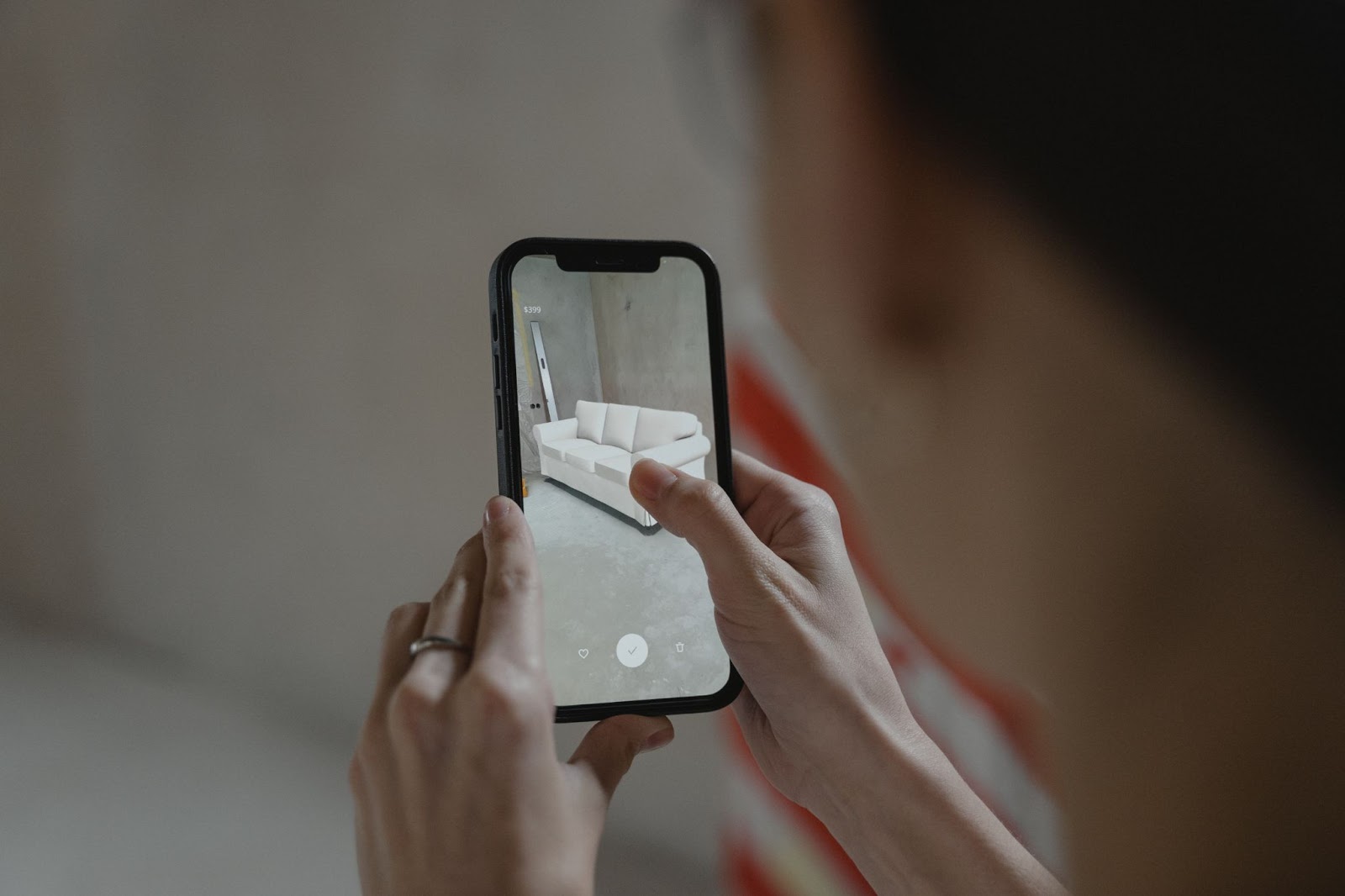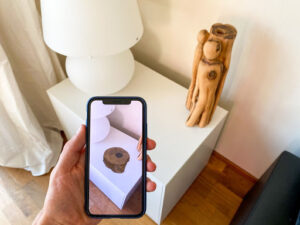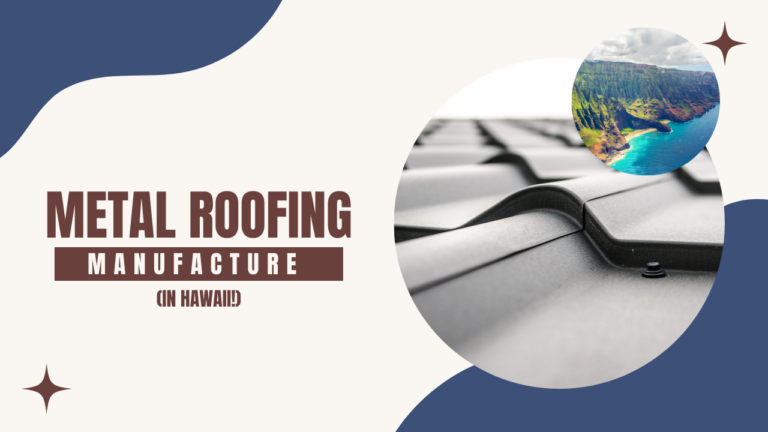How to Use Augmented Reality to Boost Online Sales
Every so often, a new tool comes along that revolutionizes the way we do business. Right now, that new tool is augmented reality (AR), and it is taking the retail industry by storm.
“We are expecting a lot more businesses to utilize AR for their products and businesses—so much so that it will become more standard in e-commerce and social media platforms,” says Tessa Wuertz, director of marketing and partnerships at web design firm efelle.com. “We’re seeing it put to use with larger companies, but I think we’re soon going to start seeing it become mainstream for businesses of all sizes.”
And it’s already started to happen. In 2019, for example, global AR advertising revenue topped half a billion dollars. By 2020, it had already grown to $1.41 billion. What’s more is that researchers expect that figure to surpass $8 billion by the end of 2024.
But we’re getting a little bit ahead of ourselves here. Before we dive any further into the subject, let’s first define what AR is, as there are some common misconceptions about what it entails.
Augmented Reality Defined
Augmented reality is a type of technology that enhances one’s perception by superimposing computer graphics onto the tangible world.
Still confused? Think Pokémon Go.

The interactive mobile app uses augmented reality to place digital characters (Pokémon) in real world settings.
Ok, so now that you know what augmented reality is, let’s go over what augmented reality isn’t.
The Difference Between AR and VR
While it’s common for people to use the terms augmented reality (AR) and virtual reality (VR) interchangeably, they’re actually two different things.
Virtual reality is a fully immersive experience wherein the user is placed in a fictional environment and interacts within that framework. Facebook Oculus is an example of VR.
Augmented reality, as you’ll recall, still operates within the confounds of the real world; it merely overlays computer-generated images onto what already exists. You can use augmented reality, for example, to envision how a decorative piece will look when placed on your table, as demonstrated in the image below:
The Different Types of AR
1. Location-based
Location-based AR is programmed to display a digital image when the user reaches a specific destination. Pokémon Go uses location-based AR.
2. Marker-based
Marker-based augmented reality (also known as Recognition-based AR or Image Recognition), displays detailed information about an object when the item (or “marker”) is detected on camera. Once triggered, the AR application will replace the marker with a 3D rendition of the object, allowing the user to view the item from several different angles.
3. Markerless
With markerless AR, the user can place a virtual image anywhere they wish. This allows the user the freedom to reposition the object as they see fit.
4. Projection-based
Projection-based AR uses synthetic light to cast photographic images onto physical surfaces. Holograms are an example of projection-based AR.
Why AR is a Valuable Tool for E-commerce Businesses
This is the part where we breakdown how AR can be used to boost online sales.
Try Before You Buy
Have you ever ordered clothing online, only to later return it because it didn’t look good when you tried it on? Most of us have had this experience, which can make us apprehensive to make another online purchase.
It’s a huge problem that online clothing retailers have been trying to solve for years, but now there is finally a solution. With AR, shoppers can see how an article of clothing would look as if they were actually wearing it.
“35% of people say that they would be shopping online more if they could virtually try on a product before buying it, and 22% would be less likely to visit a brick-and-mortar store if AR was available via their favorite e-commerce store,” says Michael Prusich, Director of Business Development at 1Digital Agency.
Obviously, there’s going to be an upfront cost whenever you invest in any type of new technology. However, the increase in sales—combined with a reduction in returns—will save you time and money in the long-run, making the investment well worthwhile.
Preview Placement
Wouldn’t it be nice if you could see exactly how a new couch would look in your living room before going through the trouble of moving it? With AR, you can!
Interactive Manuals
Imagine if Ikea, whose assembly instructions are notoriously confusing, provided an interactive manual that demonstrated step-by-step how to piece together a piece of furniture. It would make for a better user experience, which would undoubtedly lead to more sales!
Camera Filters
Social media companies like Instagram and Snapchat are always trying to find new ways to keep users engaged, and they hit the jackpot with AR filters! But it’s not just social media companies that are benefiting from this technology. Brands have begun introducing their own custom AR filters as a way to connect with users. Think about the advantages for a minute:
- The novelty factor sets you apart from competitors.
- Fosters engagement by encouraging users to tag you in their posts.
- Builds brand awareness and attracts new customers.
At the end of the day, it’s that little extra something that can give you an edge over other leading brands.
In a Nutshell
For as valuable a tool as AR is for e-commerce businesses, it’s also important to understand that it’s not a cure-all solution.
If, for example, you have a barrage of customer complaints stemming from the durability of your product, AR isn’t going to fix that. The foundation of good business always starts with the quality of your product and service, so make sure that’s your primary focus.
Think of AR as a compliment, not a substitute. Once you’ve got a solid foundation in place, then you can use AR to take your online business to the next level.
—
About Us
We are a virtual bookkeeping firm specializing in e-commerce accounting. We currently boast over 800 e-commerce clients, with additional services ranging from payroll to taxes to consulting.
Need help with your bookkeeping or simply have questions? Give us a call at (858) 633-3573 or shoot us an email at info@capforge.com. Alternatively, you can always fill out the contact form below and one of our representatives will follow up with you shortly.









